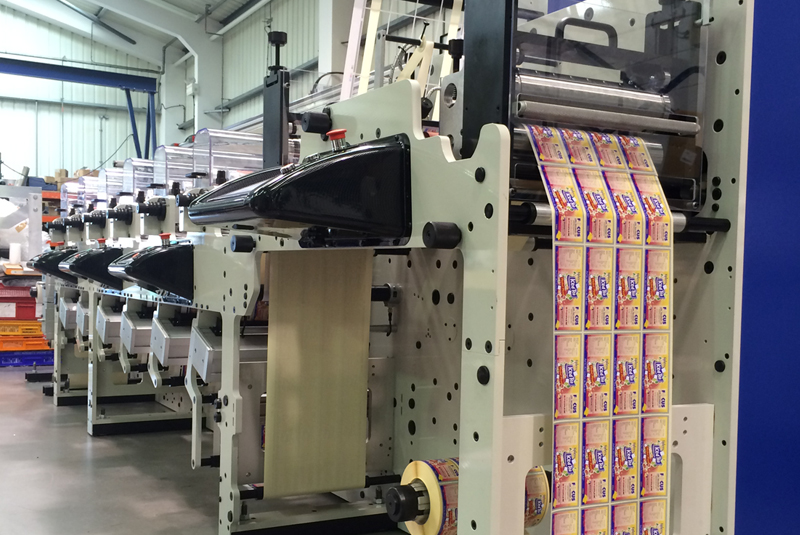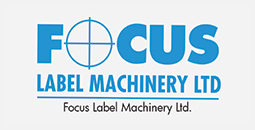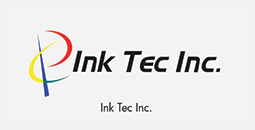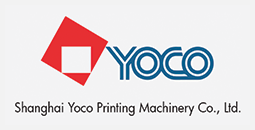
As sustainability becomes part of our everyday lives, more printing firms are moving towards environmentally-friendly practices. Below are five ways in which you can operate a responsible printing press.
1) MONITOR YOUR PRINTING
Do you feel like the money you spend on printing is as efficient as possible or is it draining your profits? The first step towards reducing waste is establishing where the waste is initially coming from and preventing that. Incorporating monitoring software in your press is the best way to go about this. This software keeps track of every print cycle, making it easier to gain insight on duplication of orders and faulty equipment.
2) USE RECYCLABLE LABELS
With 40% of landfill waste being paper, it is not only important to be a good recycler in the print industry but also responsible. Off-spec, matrix, set up and make ready are just some of the plastic-based waste produced by label printers, contributing to the annual 180,000 tonnes of label waste in landfills across the UK. The only way to solve this problem is by leaning towards the use of recyclable labels that can efficiently be recycled, reducing environmental contamination and the cost of production.
3) CHOOSE ECO-FRIENDLY INKS
Organic inks – including those manufactured from vegetable waste products, are a viable alternative to petroleum and solvent-based inks. These eco-friendly inks are often cheaper to produce, and contain little to no volatile organic compound (VOC) content, as well as not being dependent on fossil fuels.
Click here to request a product brochure to browse Focus’ wide range of inks.
4) CHOOSE CHLORINE-FREE PAPER
Chlorine bleaching is what gives the paper its white colour. This process, however, comes with its detriments; it creates hazardous and potentially carcinogenic compounds that you wouldn’t want released to the environment. Always go for totally chlorine-free paper for use in label substrates.
5) SUSTAINABLE LABEL DESIGN
Other ways of ensuring responsible printing occurs at the design stage can include using smaller fonts, less colour and smaller label margins.





